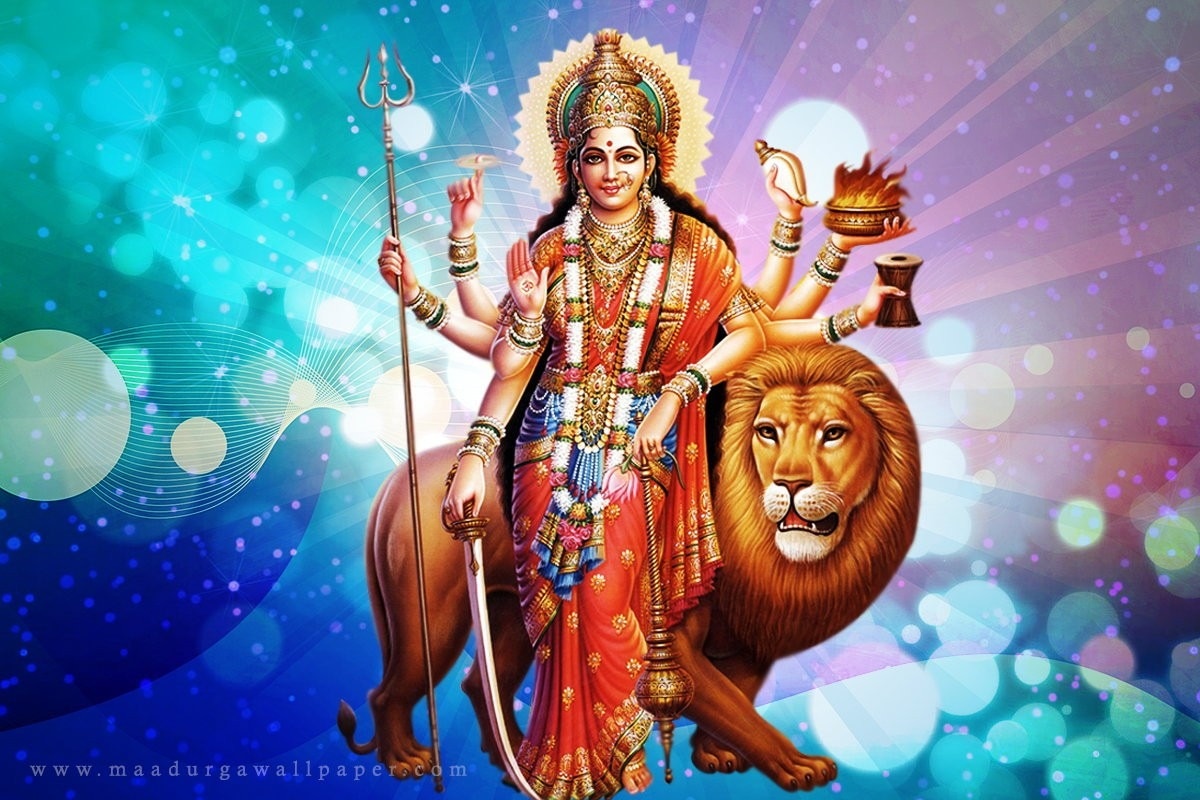Navratri 2023: In these 9 days, nine forms of Maa Durga are duly worshipped. Know the names of these nine incarnations of Goddess Durga and their significance.

Chaitra Navratri 2023: As the auspicious festival of Chaitra Navratri approaches, devotees across India are gearing up to celebrate the nine-day-long occasion with great enthusiasm. The festival holds a significant place in the Hindu calendar as it marks the onset of the spring season and the victory of good over evil. Different communities have different ways to celebrate this festival throughout the country.
According to the Hindu calendar, the Pratipada date of Shukla Paksha of Chaitra month will start at 10:52 pm on March 21 and will end on March 22 at 8:20 pm. That’s why this year Chaitra Navratri is starting from 22 March 2023 Chaitra Shukla Pratipada which will end on 30 March 2023.
One of the most important aspects of this festival is the worship of Goddess Durga, who is respected as the symbol of power and strength. As per tradition, nine different forms of the goddess are worshiped during the nine days of Navratri, each of which represents a unique aspect of her personality. Let’s us know from Astrologer, Gurudev Shrie Kashyap, Founder of All India Institute of Occult Science about the various forms of Durga and their powerful significance.
9 Powerful Avatars of Maa Durga And Their Significance
- Shailputri: In Sanskrit, ‘shail’ means ‘mountain’ and ‘putri’ means daughter, this form of the Goddess is also known as the daughter of the mountain. In some cultures, this form of the Goddess is also known as the Parvati, the daughter of the mountain Himalayas. This form is the most important among the other forms of the Goddess and is worshiped on the first day of the festival. This form is depicted by the goddess holding the Trishula (Trident) in the right hand, Lotus (Kamal) in the left, and riding Nandi (the bull of Lord Shiva). This form of the Goddess rules over the Moon.
- Brahmacharini: When the single Goddess Parvati decided to meditate in order to please Lord Shiva to marry her then she was known by the name Brahmacharini. It means single or unmarried. This form of the goddess carries Rudraksha Japa Mala in right and Kamandal (oblong water pot) in the left hand and walks barefoot. This form rules over the planet Mangal (Mars), the fortune provider.
- Chandraghanta: This incarnation of the Goddess rides over a tigress to wipe out evil and wears a bell like a semi-circular moon on the forehead, this is why the goddess is known as Chandraghanta, ‘Chandra’ means the moon and ‘Ghanta’ means a bell. This form has 10 hands. This form of the Goddess rules over Venus (Shukra).
- Kushmanda: This eight-handed form of the Goddess is also known as Ashtabhuja Devi. The meaning of the name is small warm eggs which depict that this form is the creator of the universe. This form is believed to be powerful enough to live inside the Sun. The glow and radiance of this form are similar to that of the Sun.
- SkandaMata: Skanda is the son of this form of the Goddess, so this form is known as SkandaMata that means mother of Skanda/Kartikey. This incarnation of the Goddess is worshiped on the fifth day of the festival and the day is known as ‘Panchami’. The depiction of this form is shown with 4 hands, in which the above two have Kamal (Lotus), and one of the lower two holds baby Kartikeya and the other keeps in Abhaya Mudra.
- Katyayani: this is the aggressive form of the Goddess Parvati who has 4 hands and rides a Lion. This form is also known as the Warrior Goddess. This form got its name from the Priest Katyayan who is the father of the Goddess. She has a Kamal (Lotus) on the left and keeps Abhaya and Varada Mudras in her right hand.
- Kaalratri: This form of the Goddess has a dark color complexion and mounts over a donkey in order to sweep away demons. She holds a snare/ loop/ trap, swords in three arms, and a Trishul (trident). She also has a third eye in the mid of the forehead which contains the universe. This form is also known as Goddess Shubhankari because of her auspicious (shubh) powers within her aggressive form.
- Mahagauri: She is known as Goddess Mahagauri because she took on this form as a teenage version of the incredibly fair and beautiful Goddess Shailputri. She wears white costumes and rides a bull or a white elephant while holding a trident and a damru. Because of her white attire, she is also known as Shwetambardhara.
- Siddhidatri: In Sanskrit Siddhi means the ability to meditate and Dhatri means donor or contributor. This is considered as the final form or the perfect representation of the Goddess and this is the Ardhnarishwar form which means the left half of this form is of Lord Shiva and the right half is of Goddess with four hands. Sitting on a lotus holding a club/stick in one hand and a book
Stay connected with us on social media platform for instant update click here to join our Twitter, & Facebook
We are now on Telegram. Click here to join our channel (@TechiUpdate) and stay updated with the latest Technology headlines.
For all the latest Festivals and Events News Click Here
